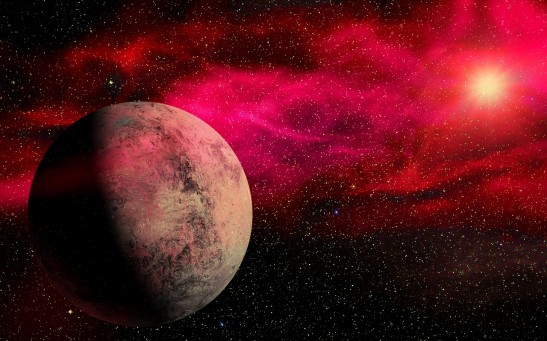Exoplanets
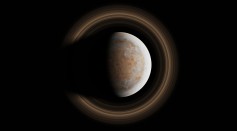
Extraterrestrial Life Potentially Exists in the 'Terminator Zone' of Distant Exoplanets, Study Suggests
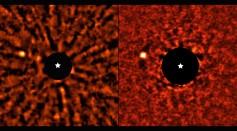
Hidden Jupiter-like Exoplanet Found Orbiting a Star 87.5 Light Years Away
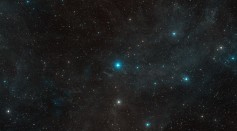
Exoplanets Orbiting Distant Star Shown in Stunning 12-year Timelapse Video
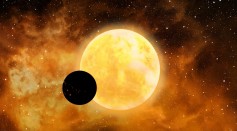
Exoplanet in Deep Space Is on a Collision Course Toward Destruction as It Orbits Closer With Its Expanding Star

Astronomers Found Two Possible Water Worlds Orbiting a Red Dwarf Star 218 Light-Years Away
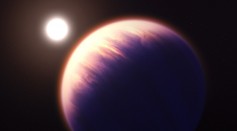
James Webb Space Telescope Captures the Most Detailed View of an Exoplanet Atmosphere For the First Time [Look]

Red Sky Paradox: Scientists Present New Theory on the Rarity of Earth's Life

IAU Invites the Public to Name an Exoplanet Recently Discovered Using James Webb Space Telescope: Here's How
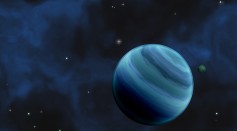
New Neptune-Sized Exoplanet Orbiting a Bright Massive Star May Explain Why Finding Such Planets Is Rare
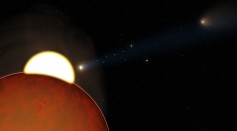
First-Ever Exoplanet Discovered 30 Years Ago Around a Rotating Star Is an Extraordinarily Rare Pulsar
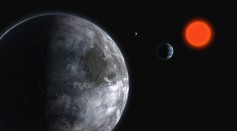
MIT Astronomers Discover 2 New Exoplanets Orbiting a Star; Can These Super-Earths Host Life?
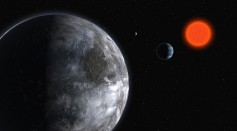
A Pair of Rocky Exoplanets Twice Larger Than the Earth Discovered
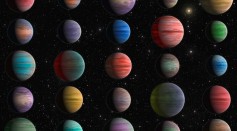
Astronomers Analyze Archival Data of 25 Hot Jupiters From Hubble Space Telescope to Understand Exoplanet Atmosphere
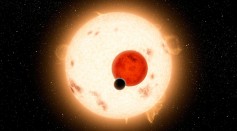
Real-Life Tatooine of ‘Star Wars’ Discovered, Here’s How Astronomers Found the Planet With Two Suns
Most Popular

How Technology Is Changing the Real Estate Industry?

Nikolay Karpenko Biography, Photo, Career, Accomplishments

How a Plant-Based Diet Can Protect Against Breast Cancer: Insights from Nutrition Research

The Role of AI in the Next Generation of Logistics: Insights from Tobias Waldhecker

